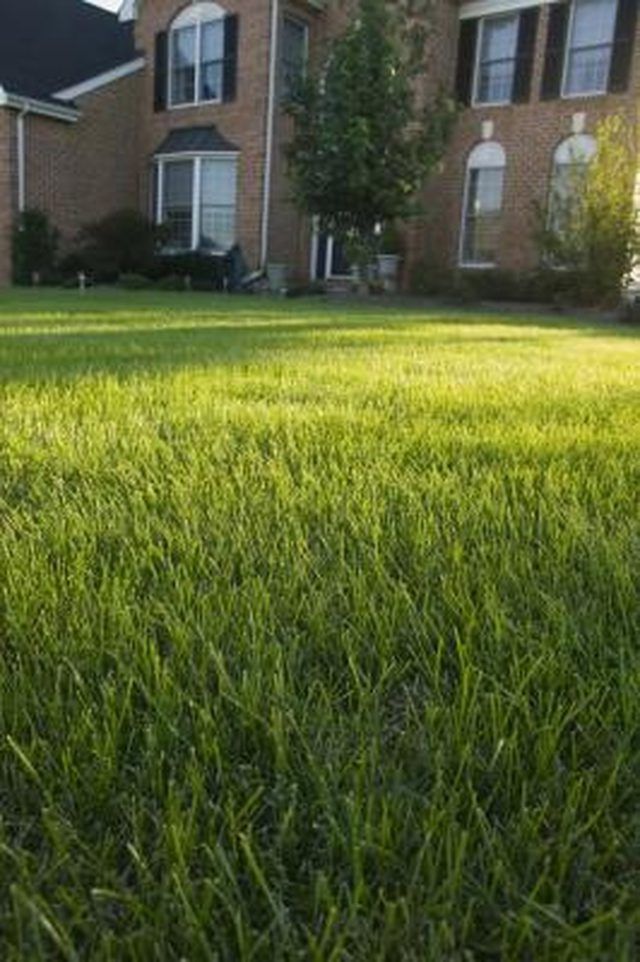Bulbs
Flower Basics
Flower Beds & Specialty Gardens
Flower Garden
Garden Furniture
Garden Gnomes
Garden Seeds
Garden Sheds
Garden Statues
Garden Tools & Supplies
Gardening Basics
Green & Organic
Groundcovers & Vines
Growing Annuals
Growing Basil
Growing Beans
Growing Berries
Growing Blueberries
Growing Cactus
Growing Corn
Growing Cotton
Growing Edibles
Growing Flowers
Growing Garlic
Growing Grapes
Growing Grass
Growing Herbs
Growing Jasmine
Growing Mint
Growing Mushrooms
Orchids
Growing Peanuts
Growing Perennials
Growing Plants
Growing Rosemary
Growing Roses
Growing Strawberries
Growing Sunflowers
Growing Thyme
Growing Tomatoes
Growing Tulips
Growing Vegetables
Herb Basics
Herb Garden
Indoor Growing
Landscaping Basics
Landscaping Patios
Landscaping Plants
Landscaping Shrubs
Landscaping Trees
Landscaping Walks & Pathways
Lawn Basics
Lawn Maintenance
Lawn Mowers
Lawn Ornaments
Lawn Planting
Lawn Tools
Outdoor Growing
Overall Landscape Planning
Pests, Weeds & Problems
Plant Basics
Rock Garden
Rose Garden
Shrubs
Soil
Specialty Gardens
Trees
Vegetable Garden
Yard Maintenance
How to Aerate and Overseed Your Lawn
How to Aerate and Overseed Your Lawn. For many homeowners the lawn is the centerpiece of the home's landscaping. Lush, green, weed-free grass is the goal. Lawns such as this don't happen by themselves but must be planned and maintained. Using an aerator and reseeding every few years ensures that the soil and grass is constantly rejuvenated. The...

For many homeowners the lawn is the centerpiece of the home's landscaping. Lush, green, weed-free grass is the goal. Lawns such as this don't happen by themselves but must be planned and maintained. Using an aerator and reseeding every few years ensures that the soil and grass is constantly rejuvenated. The necessary equipment is available for rental at most lawn and garden stores. It's also important to know what type of grass seed grows best in your climate. The fall is the best time to aerate and overseed.
Things You'll Need
Power dethatcher
Core aerator
Grass seed
Rope
2x4-inch wood stud
All purpose lawn fertilizer
Remove any weeds from the area by pulling them or using herbicide. If using herbicide wait two weeks before dethatching the lawn.
Power dethatch the lawn to rid it of all the thatch, ensuring a good seed-to-soil connection. Dethachers are operated like lawnmowers, but instead of cutting the grass they use finger-like tines to reach into the grass and pull out the fibrous thatch that has built up between the soil and the grass blades.
Roll over the lawn using a core aerator. A core aerator has small cutting cups on a roller that removes cores of soil about 1 inch long and a 1/2 inch in diameter and then deposits them on top of the soil. This opens up compacted soil, allowing air, water and fertilizer to freely flow to the grass roots. The aerator is similar in size to the dethatcher.
Continue to use the aerator until the holes in the lawn are 2 to 4 inches apart.
Reseed the lawn with approximately 8 lbs. of grass seed for every 1,000 square feet. Use a hand broadcaster or other seed dispersal tool. Fill the broadcaster with half the seed and walk with a horizontal direction across the yard. Use the other half of the seed while walking in a vertical direction. This ensures there are no gaps in the seeded area.
Attach a 2x4-inch wood stud to a rope and drag it around the yard to break up the clumps of soil the aerator left behind.
Fertilize with a lawn fertilizer designed for starting grass seeds, using the amount recommended on the package. Water the seeds and fertilizer into the soil.